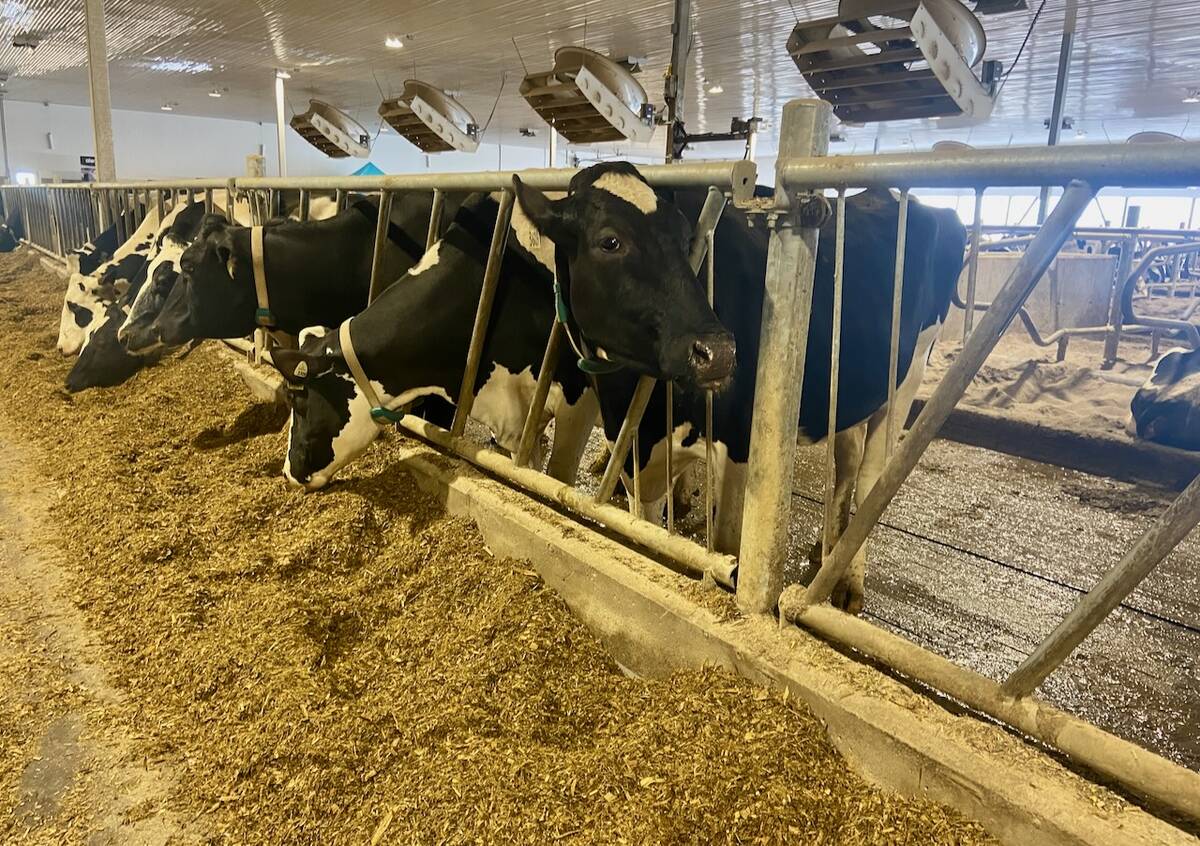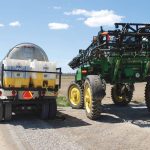Local governments are front- line soldiers in the battle to regulate the expanding livestock industry, and a senior municipal official in Alberta has some advice.
Municipalities should understand the issue and have clear rules, says Roelof Heinen, president of the Alberta Association of Municipal Districts and Counties.
Bylaws should state exactly how manure must be stored and disposed of and how barns should be ventilated.
“Make sure you cover the areas of concern that you have in your land-use bylaw,” he said. “In all fairness to those who are proposing a development, if they know what’s expected of them right up front, then either they can make the decision that it’s economically viable or not. It’s much more difficult to allow something to happen without too many guidelines and then have to go back and try and rectify it.”
Read Also

U.S. farm group supports supply management
U.S. grassroots farm advocacy group pushing new agriculture legislation that would move towards supply management like Canada has for dairy industry
The Municipal District of Kneehill, based in Three Hills, Alta., was among the first to set down exactly what it expected. Alex Cunningham, development officer for the MD, said it relies heavily on the provincial code of practice.
“We’re a municipal body,” he said. “We’re not experts on how you should handle manure or how you should handle being a good neighbor. This document is the best we’ve got at the moment.”
Revision of laws
The municipality wants to update its bylaw to cover everything from a farmer starting out with 10 sows to a mega-project of 5,000 sows. Revisions are necessary because no one imagined huge hog units nine years ago when the first bylaws were written, said Cunningham.
He recommends environmental sensitivity analysis for all new and expanding developments.
The MD wants drainage plans from professional engineers and has established minimum distance requirements for every type of operation. Hogs are required to be at least 457 metres away from the nearest residence not occupied by the owner or employee of the farm.
Operations also must abide by minimum distances for manure spreading unless there is a written agreement from an adjacent landowner making other arrangements. Hog operations must not be located in flood-prone areas.
One year after commencing operation, an inspection is required from agriculture and environment departments to ensure codes are met.















